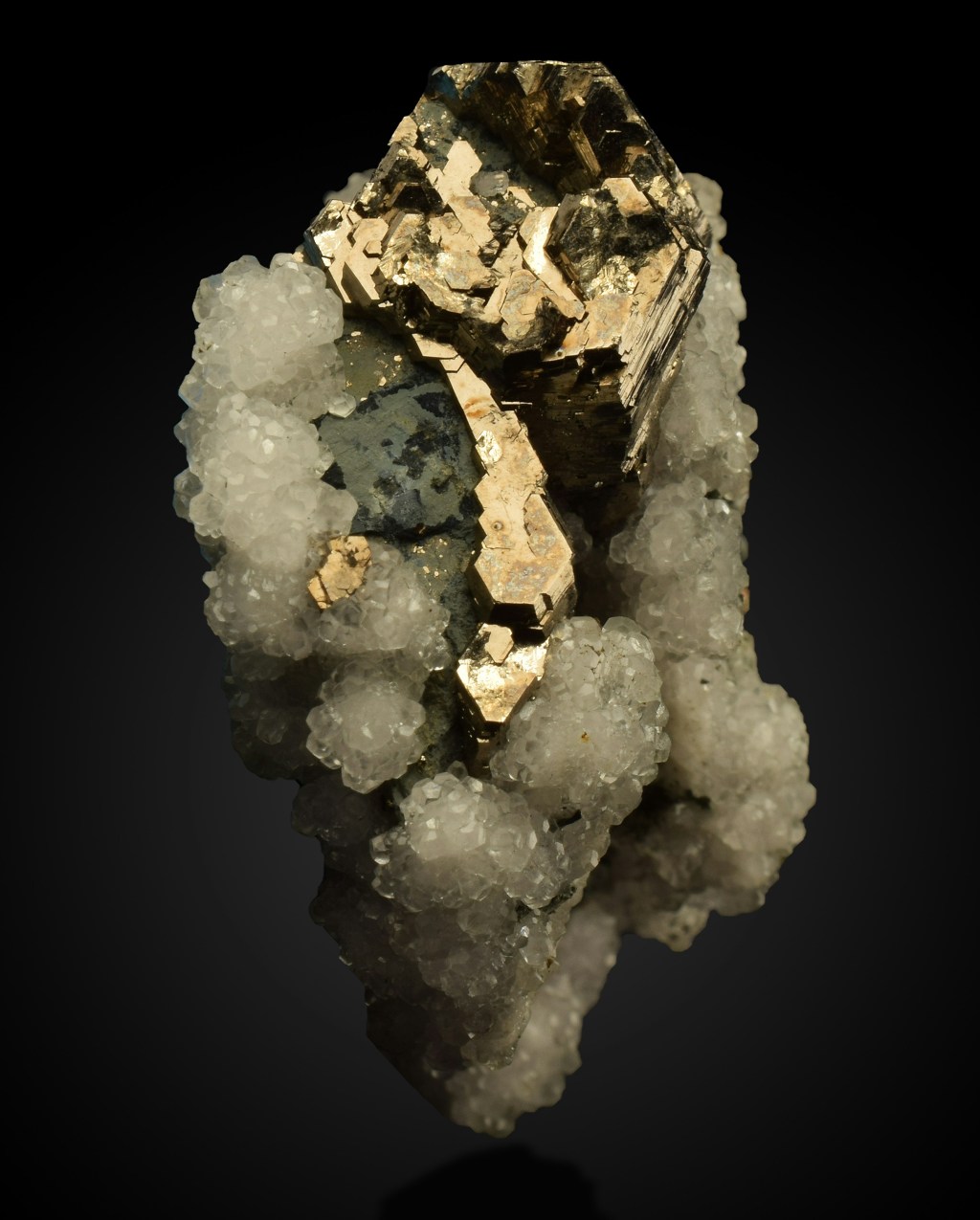The fascination with the moon and its silvery glow spans across cultures and centuries, imbuing the night sky with mystery, beauty, and the promise of untapped potential. At the heart of this lunar allure lies the practice of moon rituals for manifestation, a spiritual journey that intertwines the ancient wisdom of lunar cycles with the personal quest for growth and fulfillment. These rituals, rooted in the belief that the moon’s phases mirror the cycles of nature and human existence, offer a powerful framework for setting intentions, catalyzing change, and fostering a deeper connection with the universe.

The Essence of Moon Rituals
Moon rituals are ceremonies or practices performed in alignment with the phases of the moon, each phase offering unique energies conducive to different aspects of manifestation. From the new moon, symbolizing beginnings and the seeding of intentions, to the full moon, representing fruition and clarity, these rituals harness the lunar energy to amplify personal desires and catalyze transformation.
Cultural and Historical Significance
Historically, the moon has been a central figure in mythology, agriculture, and astrology, guiding the tides, illuminating the night, and serving as a celestial beacon for farmers, sailors, and seekers alike. Ancient civilizations revered the moon as a deity or a divine emissary, imbuing it with qualities of fertility, wisdom, and the cyclical nature of life and death. In many traditions, the moon’s phases were observed and celebrated through festivals, rituals, and the construction of monuments aligned with its cycles, underscoring the moon’s pervasive influence on human activity and spirituality.
Understanding the Lunar Cycle
The lunar cycle, spanning approximately 29.5 days, encompasses the moon’s passage through its phases, from new to full and back to new again. Each phase is characterized by its distinct appearance and energetic influence, which has been observed in agricultural cycles, tides, and spiritual practices across cultures.
The Phases of the Lunar Cycle
- New Moon: The cycle begins in darkness with the new moon, symbolizing fresh starts and the seeding of new intentions. This is a reflective time, ideal for planning and setting goals for the future.
- Waxing Crescent: As a sliver of moonlight begins to show, we enter the waxing crescent phase, signaling the time for initial actions towards your goals. This phase supports growth, research, and gathering necessary resources.
- First Quarter: Visible as a half-lit moon, the first quarter marks a period of decision-making, facing challenges, and perseverance. It’s a time for evaluating progress, adjusting plans, and overcoming any obstacles.
- Waxing Gibbous: The nearly full waxing gibbous moon encourages building momentum and fine-tuning plans. This is about refining your approach and solidifying your resolve.
- Full Moon: Bright and complete, the full moon symbolizes the culmination of efforts and the manifestation of intentions. It’s a period for reflection, gratitude, and celebration of the progress made.
- Waning Gibbous: The diminishing light of the waning gibbous phase invites sharing, gratitude, and imparting wisdom gained from the journey. Reflect on the lessons learned and how you can share these insights with others.
- Last Quarter: With its return to a half-lit state, the last quarter moon calls for release, forgiveness, and letting go of what no longer serves your highest good, clearing the path for new beginnings.
- Waning Crescent: The final phase, the waning crescent, represents surrender, rest, and rejuvenation. It’s a time for inward reflection, conserving energy, and preparing spiritually for the cycle to renew.

Manifesting with the Lunar Cycle
Aligning your manifestation practices with the lunar cycle involves attuning your actions to the energetic themes of each phase:
- New Moon: Set clear intentions. Write down your goals and visualize them coming to fruition, planting the seeds of your desires.
- Waxing Crescent: Begin taking actionable steps. Carry out research, plan meticulously, and initiate the groundwork for your intentions.
- First Quarter: Tackle challenges directly. Make strategic decisions to navigate obstacles and reaffirm your commitment to your goals.
- Waxing Gibbous: Refine your approach. Adjust plans as necessary, seeking advice and strengthening your resolve.
- Full Moon: Honor your achievements. Conduct rituals to release any hindrances and express gratitude for the journey thus far.
- Waning Gibbous: Share your experience. Offer guidance to others and practice thankfulness for the wisdom gained.
- Last Quarter: Embrace letting go. Release attachments and clear away the old, making space for new opportunities.
- Waning Crescent: Rest and reflect. Engage in meditation, journaling, and other practices that recharge your spirit, preparing for the next cycle.
Crafting Your Moon Rituals
Crafting moon rituals is a deeply personal and transformative process, allowing individuals to connect with the lunar energies in a way that resonates with their unique spiritual journey. These rituals can vary greatly in their complexity and symbolism, from simple meditative practices to elaborate ceremonies. Below, we explore the foundational elements of creating your moon rituals, offering a guide to infusing your practices with intention, creativity, and personal meaning.

Setting Intentions
The first step in any moon ritual is setting your intentions. Intentions act as seeds, planted in the fertile ground of your consciousness, nurtured by the energy of the moon. Reflect deeply on what you wish to manifest, focusing on feelings and experiences rather than material outcomes. Write your intentions down, speaking them aloud to the universe if you feel called to do so.
Creating a Sacred Space
Your sacred space is where you will conduct your ritual, a place that feels safe, peaceful, and charged with positive energy. This could be indoors at an altar or outdoors under the moonlight. Cleanse this space before beginning your ritual, using sage, palo santo, or even sound vibrations from a bell or singing bowl.
Gathering Your Tools
While not strictly necessary, ritual tools can help direct your focus and symbolize your intentions. Common tools include:
- Crystals: Different stones resonate with different phases of the moon and intentions. For example, moonstone enhances intuition and feminine energy, while clear quartz amplifies the energy of your intentions.
- Candles: Light candles to symbolize the fire element and the light of your intentions. Different colors can correspond to different desires, such as green for prosperity or pink for love.
- Incense or Essential Oils: These can help to purify the space and create a serene atmosphere, aiding in meditation and the raising of energy.
- Pen and Paper: Writing down your intentions or desires helps to solidify them in your mind and in the physical realm.
Conducting Your Ritual
The structure of your ritual can be as simple or complex as you choose. You might begin by meditating to clear your mind and ground your energy. Then, engage with your tools—hold your crystals, light your candles, and write down your intentions. Visualize your desires coming to fruition, feeling the emotions as if they have already manifested. Close your ritual with gratitude, thanking the universe for its abundance and support.
Closing Your Ritual
Conclude your ritual by grounding yourself, perhaps by visualizing roots growing from your feet into the earth. Snuff out candles rather than blowing them out to show reverence for the fire and air elements. Store your written intentions in a special place, such as on your altar or in a box designated for wishes and dreams.
Reflection and Release
After your ritual, take time to reflect on the experience and release any attachment to the outcomes of your intentions. Trust that the energy you’ve put forth will return to you in the form it’s meant to take. Remember, moon rituals are about the journey as much as the destination—each step is an opportunity for growth, learning, and connection with the divine.
Evolving Your Practice
As you continue to engage in moon rituals, allow your practice to evolve with your spiritual journey. Experiment with different elements, intentions, and settings to find what resonates most deeply with you. Your rituals should be a reflection of your inner world, growing and changing as you do.
Crafting moon rituals is a powerful way to engage with the cyclical nature of life and the cosmos, harnessing the moon’s energy to manifest your deepest desires. By setting intentions, creating a sacred space, and conducting your rituals with mindfulness and gratitude, you open yourself to receiving the universe’s infinite abundance and wisdom.
The Essence of Moon Rituals
At the heart of moon rituals is the intention to align one’s energy with the lunar cycle, tapping into the natural ebb and flow of life. These rituals can range from simple practices, such as meditating under the full moon, to more elaborate ceremonies that include chanting, the use of sacred objects, and group gatherings. Regardless of their complexity, the key to effective moon rituals is mindfulness, intention, and a deep sense of connection.
New Moon Rituals
The new moon marks the beginning of the lunar cycle, a time for setting new intentions and planting the seeds for future goals. A new moon ritual might involve a quiet moment of reflection to contemplate your desires and aspirations. Writing these intentions down and placing them on an altar or in a special box can symbolize planting seeds that will grow as the moon waxes.
Full Moon Rituals
The full moon is a time of culmination and completion, illuminating the night with its full brightness. Full moon rituals often focus on gratitude, acknowledging the progress made towards goals set during the new moon. This is a powerful time for release rituals, where individuals symbolically let go of anything that no longer serves their highest good—be it negative emotions, outdated beliefs, or physical clutter.
Incorporating Elements of Nature
Moon rituals are deeply connected to the elements of nature, and incorporating these elements can enhance the ritual’s effectiveness. Water, for example, can be charged under the moonlight to create moon water, a powerful tool for cleansing and purification. Fire, represented by candles or a bonfire, can symbolize transformation and renewal. Earth elements, such as crystals or stones, can be used to ground energy and intention. Finally, air, invoked through the burning of incense or sage, can carry prayers and intentions to the heavens.
Group Rituals and Solitary Practices
While many individuals perform moon rituals alone, creating a personal and intimate experience, group rituals can amplify the collective energy, fostering a sense of community and shared purpose. Group rituals may involve circle formations, shared intentions, and communal offerings to the moon or other deities associated with lunar energy.
Ritual Customization and Personalization
One of the beauties of moon rituals is their adaptability to personal beliefs, traditions, and intentions. There’s no one-size-fits-all approach; rituals can be customized to fit individual or group needs. This might involve the integration of specific symbols, chants, or prayers that hold personal or cultural significance. The key is to create a ritual that feels authentic and aligns with your spiritual path.
Reflecting and Journaling
An often-overlooked aspect of moon rituals is the practice of reflection and journaling. After a ritual, taking time to write about the experience, the feelings it evoked, and any insights gained can provide valuable clarity and guidance. This reflective practice can deepen the connection to the intentions set during the ritual and help track spiritual growth and manifestation progress over time.
Tuning into Lunar Energies
The lunar cycle offers a blueprint for living that can help us navigate through life with more grace and intention. By observing the moon’s phases, we can learn to recognize the subtle shifts in our own energy and emotions, adjusting our activities and self-care practices accordingly.
- New Moon: The new moon phase, with its energy of new beginnings, is an ideal time for setting intentions, starting new projects, or initiating lifestyle changes. This is a period for inward reflection, planning, and vision setting.
- Waxing Moon: As the moon grows, so does the energy available for taking action and building momentum toward our goals. This phase supports growth, creativity, and the nurturing of new ideas.
- Full Moon: The full moon illuminates both the night sky and our inner landscapes, bringing heightened emotions and energy. It’s a powerful time for reflection, release, and celebration of progress. Full moon rituals can help release what no longer serves, making space for new growth.
- Waning Moon: As the moon wanes, it invites us to slow down, let go, and begin the process of turning inward once again. This is a period for releasing, healing, and preparation for renewal.
Incorporating the Lunar Cycle into Daily Life
Living with the lunar cycle doesn’t require drastic changes to your routine but rather small, mindful adjustments that honor the energy of each phase.
- New Moon: Use this time for journaling, setting intentions, and meditating on your desires. It’s an opportune moment to start a detox, declutter your space, or begin a new habit.
- Waxing Moon: Focus on productivity and taking action towards your goals. Engage in creative activities, collaborate with others, and put your plans into motion.
- Full Moon: Perform a full moon ritual to release negativity, practice gratitude, or simply bask in the moonlight. It’s a time for healing, so consider engaging in self-care practices that nourish your body and spirit.
- Waning Moon: Begin to wind down activities, focusing on completion and reflection. This is an ideal time for self-reflection, meditation, and tying up loose ends.
The Benefits of Lunar Living
Adopting a lifestyle that acknowledges the lunar cycle can bring numerous benefits, including:
- Improved Emotional Awareness: By recognizing the influence of lunar energy on our emotions, we can become more attuned to our emotional landscape, enhancing emotional intelligence and resilience.
- Greater Mindfulness: Living with the lunar cycle encourages us to be present and mindful, appreciating the current phase of life we’re in and its unique opportunities for growth and reflection.
- Enhanced Connection to Nature: Aligning our lives with the lunar cycle fosters a deeper connection to the natural world, reminding us of our place within the larger universe.
- Cultivation of Patience and Timing: Lunar living teaches us the value of timing, patience, and the importance of flowing with life’s natural rhythms, rather than forcing against them.
Living with the lunar cycle offers a path to greater harmony with the natural world and ourselves. By tuning into the moon’s phases and adjusting our actions and intentions accordingly, we can cultivate a life that is more balanced, mindful, and connected to the universe’s cycles. Whether through simple nightly observations of the moon, engaging in phase-specific rituals, or aligning activities with the lunar energy, each step brings us closer to the rhythmic flow of nature and the profound wisdom it offers.





Leave a comment